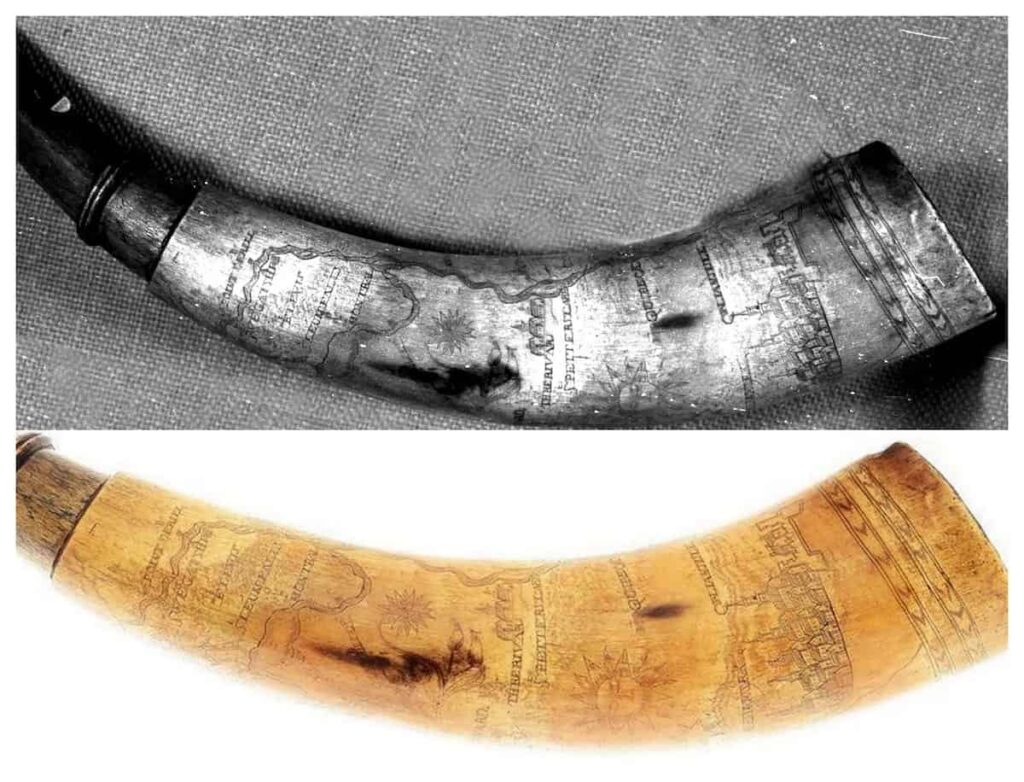Community header template
- Home
arrow_drop_down
- News
arrow_drop_down
- What’s On
- Local Information
arrow_drop_down
- Community Groups
arrow_drop_down
- Business Support
arrow_drop_down
- Advertising Rates
- Business Networks
- Akin Arundel
- Arundel Chamber of Commerce
- Consultants, Admin Support & Office Space
- Film Location & Production Support
- IT & Technical Support
- Legal, Financial Planning, Accountants And Insurance
- Local Publications And Media
- Marketing, Printing & Digital
- Business Newsletter
- Local Directory
arrow_drop_down
- Estate & Lettings Agents & Architects
- Health, Beauty & Wellbeing
- Home & Gardening Services
- Legal, Financial Planning, Accountants And Insurance
- Photographers, Fashion & Lifestyle
- Retirement, Care & Funeral Services
- Travel, Holidays & Languages
- Tradesman, Builders and Property Services
- Vehicle Repairs, Storage, Hire & Taxi Services
- Weddings, Events & Entertainment
- Contact
The Incredible Journey of John Reeves’s Powder Horn

Published Winter 2021, by Mark Phillips of the Arundel History Forum
DAISY Warren and her sister Florrie used to run a pottery shop at No 1 High Street (also known as Bank House) in Arundel, opposite the Town Quay. When Daisy died in 1979, her estate gave an 18th-century carved powder horn to Arundel Museum.
No-one is quite sure where Daisy acquired this fascinating item which has an inscription at the butt end proudly stating, ‘JOHN REEVES HIS HORN – CUT AT MONTREAL OCTOBER 30th 1760’. The main body of the horn has a carving of a river running along the length of it that starts on the far side of Lake Ontario and finishes at New York, which is represented by a group of buildings and churches.
Carved along the route of the river are strategic fortifications such as Fort Bruinton, Fort Stanwix, Fort Henrick and Fort Hunter, interspersed with the names of key towns. Other carved images include the sun, a bird, a tulip, a ship and flowers.
The total length of the item is 33cms and it is believed to have been brought back to the UK by a soldier serving in a local regiment that was sent to fight in the American War of Independence or the Native American armed struggle with the British in the Great Lakes region. Whether this was a family heirloom that had been passed on to Daisy or obtained from elsewhere, is unknown.
Sadly on April 21, 1994, when the Museum was at 61 High Street, several items were stolen by a group of ‘tourists’. These included the horn along with a fine engraved sword and scabbard that belonged to a Major Henry Percy- dated June 21, 1845; a police constable’s Bulls Eye lantern from c1880 and five engraved truncheons from c1860 on which the engraving signified the rank of the owner.
Out of the items stolen only the sword, on loan from Arundel Town Council, was recovered; spotted by an eagle-eyed person in an auction down in the west country. The rest of the items were subject to an insurance claim and have been missing ever since.
With the items signed off for good in the museum archives on March 5, 1997.
Over the past nine years I have been searching for any sign of the items on the internet every three months or so, believing that at some point they would turn up on eBay, Amazon or on an auction site but without any luck – until the end of September this year.
While the other stolen pieces would be relatively hard to identify, the powder horn was a different matter altogether; this was not only a unique item, but it also had the date and name of the owner engraved on it.
Eventually I tried British and American auction sites and to my utter amazement, a link came up which included the key words John Reeves, Powder Horn and the date 1760!
I was almost reluctant to click on the link as it seemed too good to be true but just one click and after nine years of searching, an auction webpage opened up that not only contained a good description of the powder horn but also fourteen clear colour images covering every conceivable angle.
I took a screen shot of the relevant web pages and downloaded copies of the images before calling an impromptu Zoom meeting with my Arundel History Forum members. Even though I was 99.9% certain this was the powder horn that was stolen from the museum, I wanted a second opinion. We ran through the fourteen images systematically, comparing them to images we could see on the black and white museum archive photos before all agreeing that it was 100% the same item.

Unfortunately, I was four months too late to prevent the item being sold for $8,000 at the auction on May 18, 2021 by Dan Morphy Auctions on the liveauctioneers.com website.
I phoned Morphy Auctions, briefly explaining that they had, ‘unknowingly’, sold this stolen item at one of their auctions and asked what we needed to do to get the item returned to Arundel Museum, the rightful owners. They asked me to put the info into an email which I did but then I heard nothing. I chased them up a couple of times before receiving a very curt one-sentence reply saying, ‘Unfortunately, we are no longer in possession of the item’.
Chris Boyce, a retired lawyer at Arundel Museum investigated the legalities of the situation and surprisingly, there is little one can do without potentially investing a large amount of money to commence legal proceedings. The laws around such matters are far from black and white and the fact this took place in the USA just adds to the complication.
After spending such a long time tracking down the item, I struggle to understand that although it can be proved to be stolen, the true owners have little chance of it ever being returned to them.
If anyone has any suggestion about what could be done, please contact me direct at kiasu1960@gmail.com
